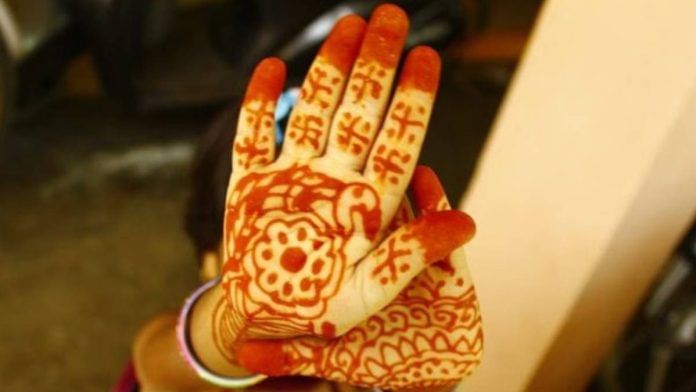New Delhi: A curious phrase buried in a century-old labour law has drawn the attention of the Supreme Court—“widowed sister, if a minor”.
Under The Employees’ Compensation Act, 1923, the definition of “dependent” includes a “widowed minor sister” and the court has urged the Centre to revisit the wording.
In today’s legal context, when child marriage is prohibited, the court observed that the idea of a “widowed minor sister” is legally impossible and exposes an overlooked anachronism that has survived through decades of legislative amendments.
The Employees’ Compensation Act, originally enacted as the Workmen’s Compensation Act, 1923, was designed to protect industrial workers and their families by ensuring compensation for injuries or death suffered during employment.
Under Section 2(1)(d), the Act defines “dependents” or the individuals entitled to claim compensation upon a worker’s death. Clause (iii)(d) states: “A minor brother or an unmarried sister or a widowed sister, if a minor.”
This definition, unchanged for over a century, presents two modern problems. First, it excludes adult widowed sisters, even if they were financially dependent on the deceased. Second, it refers to a category that cannot legally exist today, a “widowed sister who is a minor”.
Although the Act was amended several times, including a major revision in 2017 that updated procedural aspects and renamed the statute, this outdated definition was never revisited.
The matter came to light in a case filed by New India Assurance Company, which had challenged a 2009 Karnataka High Court order awarding compensation to two widowed sisters of a deceased employee.
The insurance company argued that the Act recognises only a “widowed sister, if a minor” as a dependent and not adult widowed sisters.
The SC bench of Justices Rajesh Bindal and Manmohan acknowledged the argument but took a broader constitutional view.
The judges, in their order, noted: “In the present time, no one will normally find a widowed sister who is a minor, especially after enactment of the Hindu Marriage Act, 1955.”
They sent the matter to the Law Commission of India for consideration of a suitable amendment to the definition.
Also Read: Why raising marriage age of women is another step towards BJP’s pet goal of uniform civil code
How India’s child marriage laws evolved
To understand why this provision is outdated, it is essential to look at how India’s legal framework around marriage has evolved.
When the Workmen’s Compensation Act came into force in 1923, child marriage was still prevalent and legally recognised.
The Child Marriage Restraint Act, 1929, was the first attempt to discourage such marriages. It prescribed the minimum age for marriage as 14 for girls and 18 for boys but, crucially, did not invalidate child marriage. It merely imposed mild penalties on those who arranged or conducted them.
The Hindu Marriage Act, 1955, a landmark post-independence reform, introduced personal law standards for Hindus.
In 1978, an amendment to the Child Marriage Restraint Act raised the minimum age of marriage to 18 for women and 21 for men.
Finally, the Prohibition of Child Marriage Act, 2006, repealed the earlier laws and introduced comprehensive penalties for those who solemnise, promote or abet child marriages, and made the act of conducting, promoting or permitting such marriages a cognisable and non-bailable offence. It imposed stronger penalties, and offered protection and maintenance rights to minors forced into marriage.
With these reforms, the concept of a “widowed minor” became a legal impossibility and the 1923 clause no longer aligns with Indian law or social realities.
2017 amendment a missed opportunity
The 2017 amendment to the Employees’ Compensation Act primarily aimed to modernise administrative procedures, mandating employers to inform workers about their compensation rights and allowing for digital notifications.
However, it did not update the outdated list of dependents under Section 2(1)(d), leaving the “widowed sister, if a minor” inclusion intact.
As the Supreme Court noted, the provision not only fails to reflect current realities but also creates an interpretive absurdity within welfare law.
(Edited by Nida Fatima Siddiqui)
Also Read: Child marriage cases in India filed mostly against elopement, not forced unions, study says






